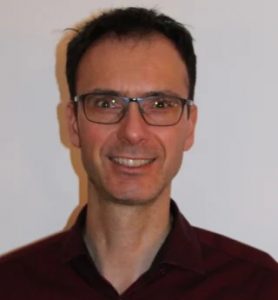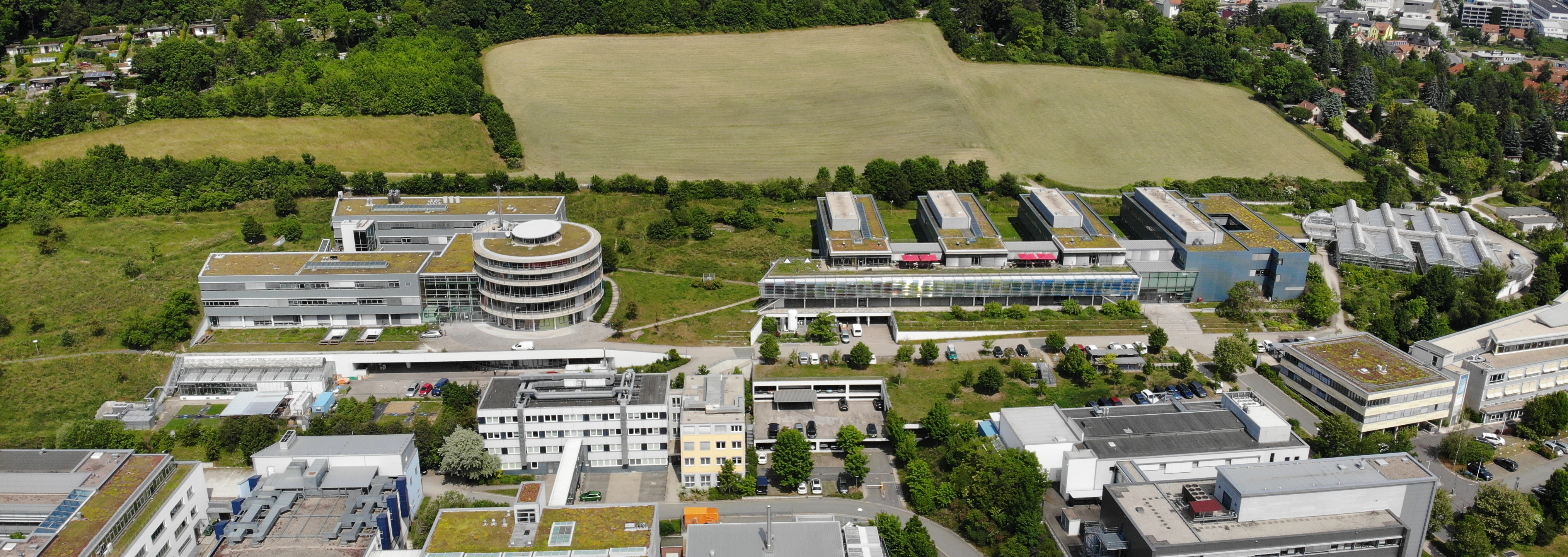
The use of atmospheric measurements to help reduce global emissions of methane
2nd June 2022 | 10.20 am – 10.40 am
Hans-Knöll-Straße 10, 07745 Jena, Germany
BGC Lecture Hall
Zoom: will be provided
Session 1 – Long-term observations of change (Martin Heimann, moderator)
2nd June 2022 | 9.45 am – 11.40 am
Abstract
Non-CO2 greenhouse gases are responsible for an important fraction of the present day climate forcing. Therefore, the goals of the Paris agreement can only be met if major emission reductions are achieved for those gases also. Among the non-CO2 greenhouse gases, reducing methane emissions is particularly attractive because of its relatively short lifetime, yielding climate benefits on the short-term. In recognition of this important but poorly exploited opportunity, the global methane pledge was launched at COP26 to reduce global methane emissions by at least 30% in 2030 compared to the 2020 level. This presentation will discuss whether or not this can be achieved and what would be the implications.
Methane has the important complicating factor that its anthropogenic emissions are much more uncertain than those of carbon dioxide. Its global growth rate shows year to year variations that are only poorly understood due to these uncertainties, but also due to the large number of possible causes, keeping the scientific community busy with complicated puzzles to solve. The most recent surprise in the greenhouse is a sharp increase in the methane growth rate during the covid pandemic, when emissions from energy use were reduced. Improved monitoring capabilities should clearly be part of the solution to bring the methane growth rate under control and bend its curve in the direction of the sustainable socio economic pathways of the IPCC.
An interesting development is this context is the rapid progress that is being made in high-resolution remote sensing of methane emissions. New satellite instruments have reached the sensitivity and resolution needed to detect and quantify large methane leaks. Some of the new methods that have been developed can be applied also to existing satellites sensors that were not designed to measure atmospheric composition. These older data provide evidence of leaks that have been active for many years already. The challenge is to search the large volume of existing and new data for signals of methane emissions. This presentation will provide an overview instruments and methods that are used and the prospects of new instruments that are planned for launch in the coming years.
Biography
Sander Houweling is professor in atmosphere, greenhouse gases and climate at the Earth Sciences department of the Vrije Universiteit Amsterdam, The Netherlands. He leads a research group investigating the quantification of sources and sinks of the long-lived greenhouse gases methane and carbon dioxide using atmospheric measurements in combination with inverse modeling techniques at scales ranging from global to local. At the global scale, methane measurements from the global surface network and satellites are used to construct a multi-decadal reanalysis of methane fluxes in cooperation with TNO, which is made available publicly through the Copernicus Atmosphere Monitoring Service (CAMS). Together with SRON Netherlands Institute for Space Research, methods are developed for exploring the use of methane retrievals from TROPOMI and IASI. The TM5-4DVAR inverse modeling that is developed and used for investigating these data started from the atmospheric tracer transport model (TM2) developed by Martin Heimann.
On the national and subnational scale, inverse modeling methods are developed for evaluating national greenhouse gas emission inventories using atmospheric data in support of the emission reporting in the framework of the Paris agreement. Methods are developed in the mesoscale modeling system WRF-CTDAS and the Dutch Atmospheric Large Eddy Simulation model DALES, in cooperation with Wageningen University, to prepare for the launch of the Copernicus CO2 satellite monitoring constellation (CO2M) in the 2025-2026 time frame.
Sander Houweling is a member of the WMO GHG scientific advisory group and the steering committee of WMO IG3IS. He took part in the ESA mission assessment groups of A-Scope, CarbonSat, CO2M and the Merlin scientific advisory group. He participated in several European research programs, including CarboEurope, GeoCarbon, VERIFY, CHE, SCARBO and COCO2. From 2000 to 2002, Sander Houweling worked as a postdoc under supervision of Martin Heimann at the Max Planck Institute for Biogeochemistry.
